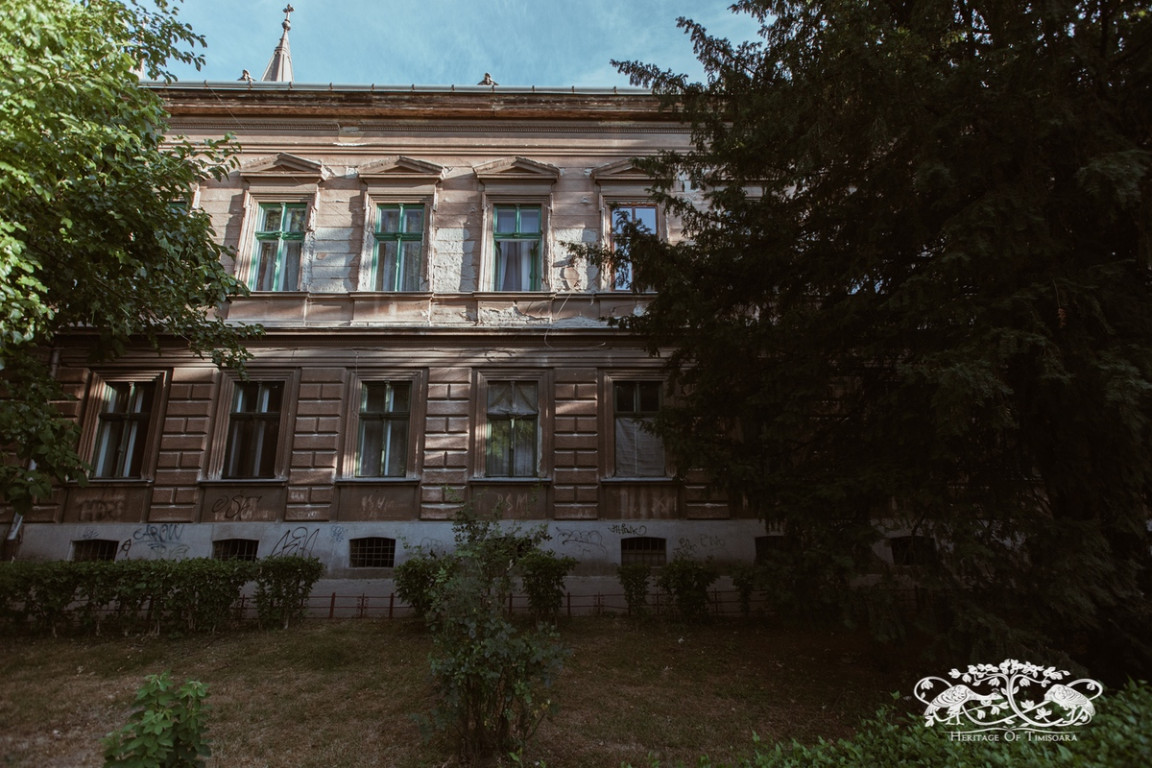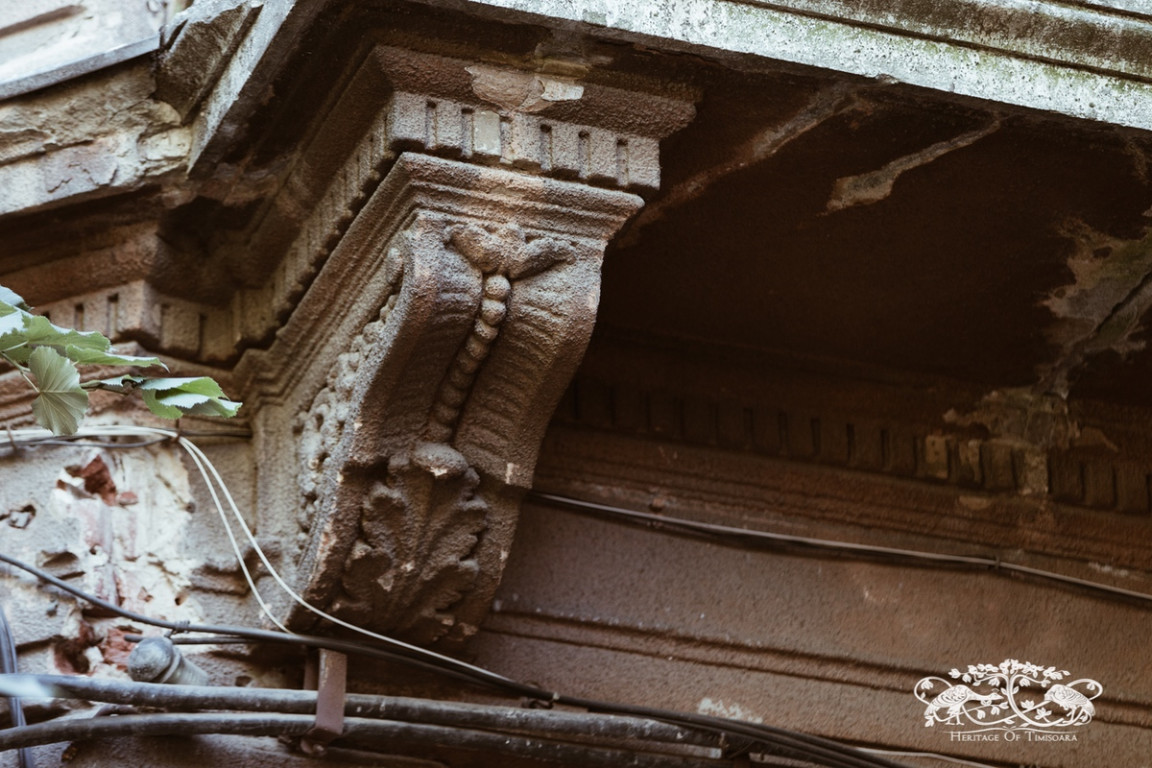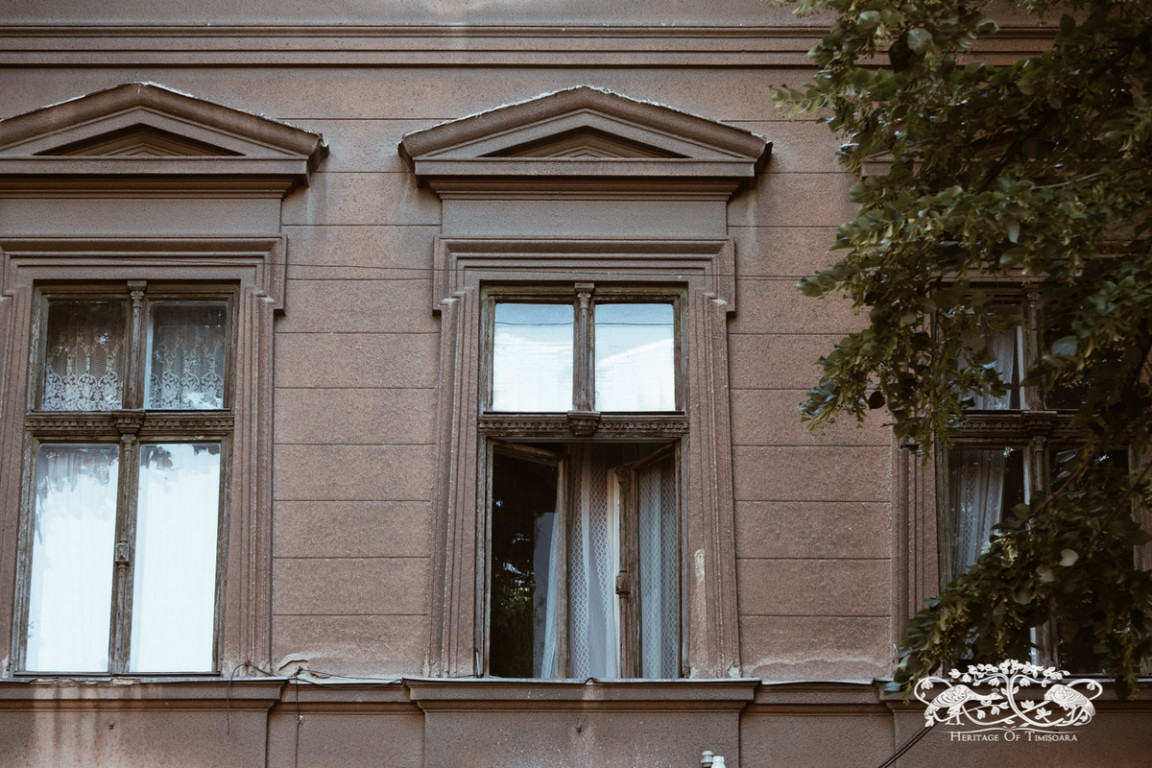In the second half of the 19th century, on the plot situated south of the boulevard currently known as 3 August 1919, between Romans’ Square and Queen Mary Park, there used to be a park (the so-called Vorpark) that belonged to the army. According to the book of Josef Geml, “The Old Timișoara In The Last Half Of Century (1870-1920)”, this land was mostly neglected and used as a playground for children or for setting up market stalls. For this reason, the army decided to donate it to the town hall, on condition that it be regularly maintained. However, in 1888, although the army opsed this decision, the town hall decided to divide the land into 26 plots, on condition that on Andrássy Way (currently 3 August 1919 Boulevard) there would only be built houses with more than one floor.
Among the first clients was the fur merchant Benjamin Habekost, who bought the plot of land situated at the junction of Andrássy Way (currently 3 August 1919 Boulevard) with Coronini Square (Romans’ Square). On 10 February 1890, he obtained the building permit for a two storey building aligned to the street. Works were completed on 8 October 1890. Thus, Benjamin Habekost became the first construction on the site of the former Vorpark.
The fur trading company of Benjamin Habekost was set up on 16 March 1876. The shop was in Cetate (Fortress) neighbourhood, on the street currently known as Eugeniu de Savoya, at number 7. Benjamin Habekost also bought a second plot of land on the location of the former Vorpark in 1888, for which his wife Mária Habekost (born Meiszner/Meissner) secures a building permit in 1892 for a one storey house. Further details are to be found in a separate article.
During the Interwar period, Habekost House belonged to the merchants family Kanisza.

















